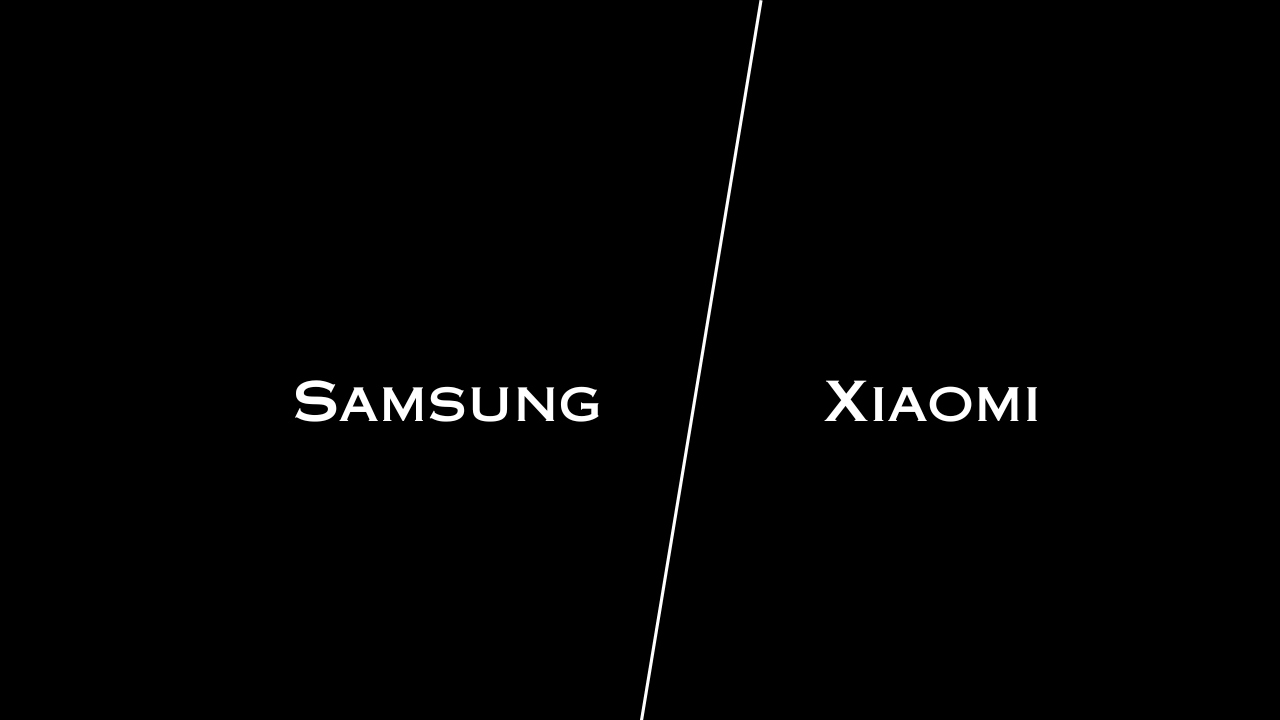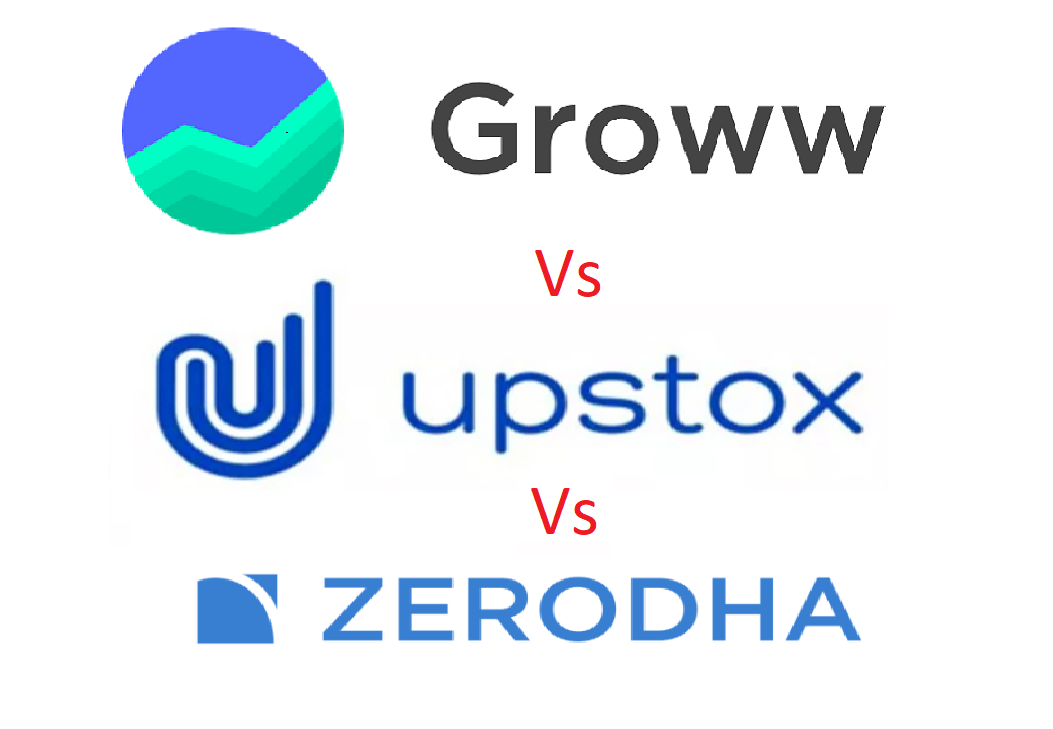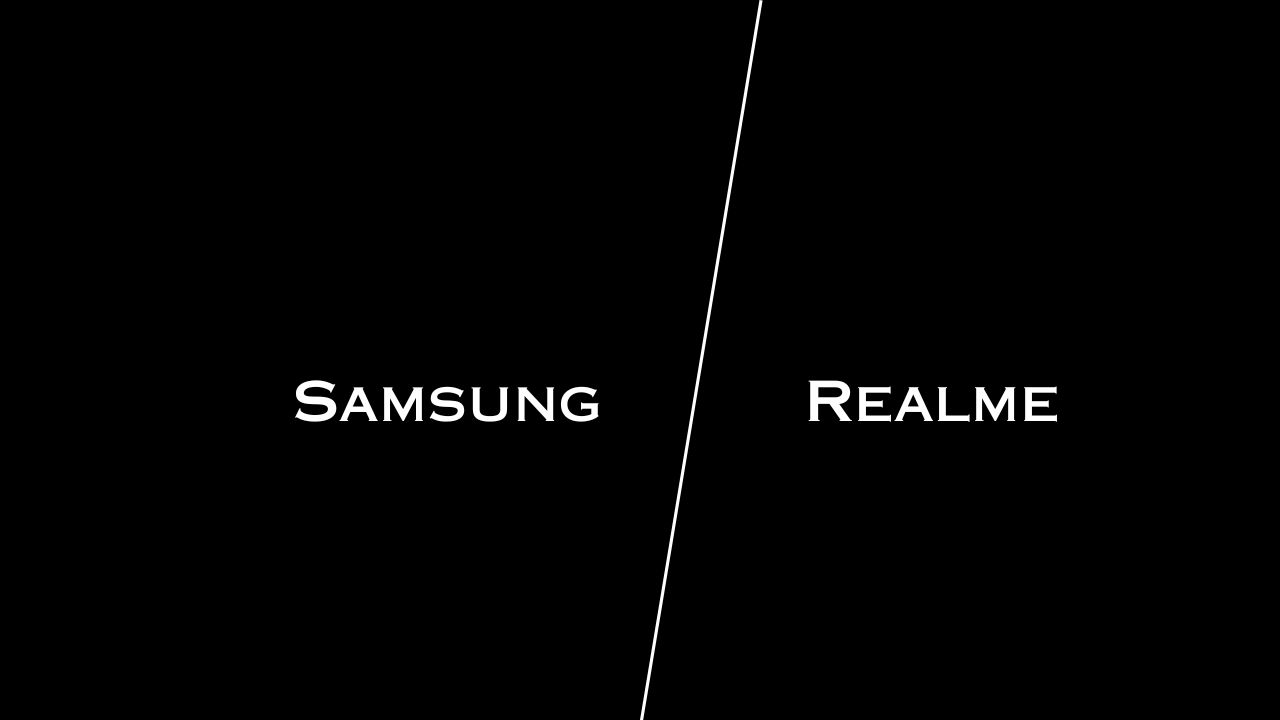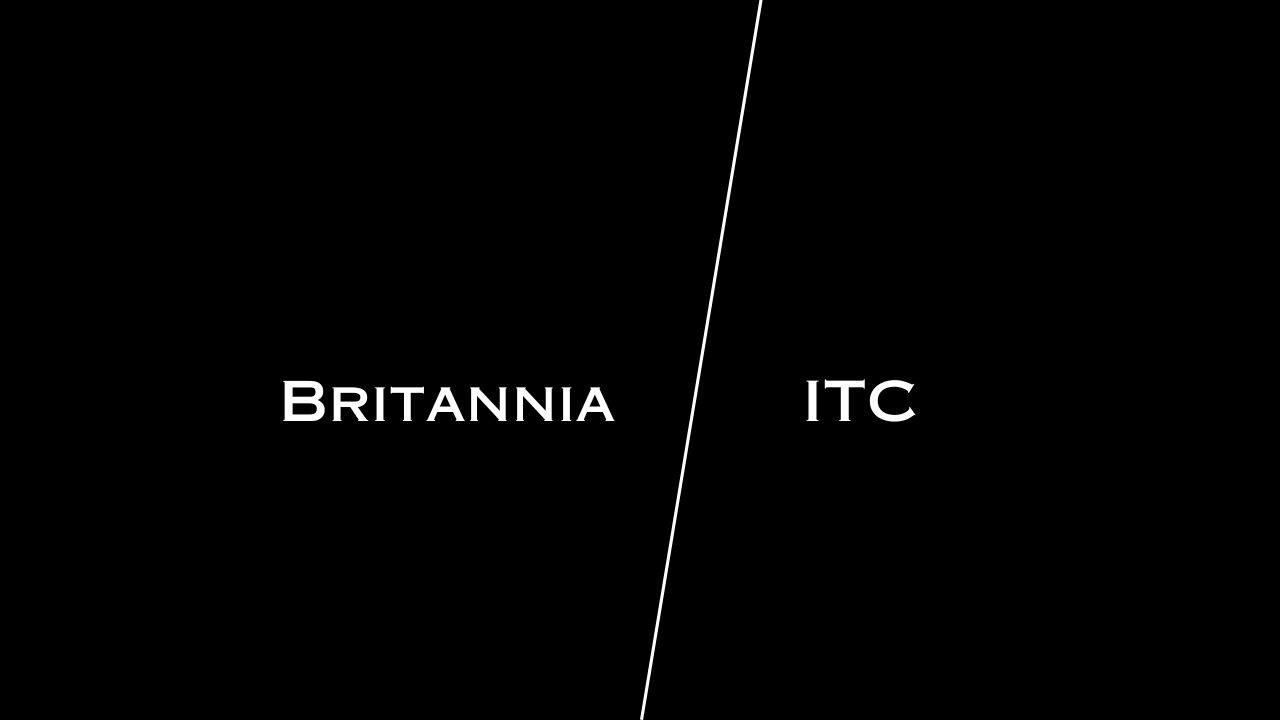Introduction
Samsung is the biggest consumer electronics brand in the world. The company sells a wide variety of products, including smartphones, wearables, laptops, TVs, home appliances, and smart home devices. Another brand that followed Samsung’s footsteps in widening its product portfolio is Xiaomi.
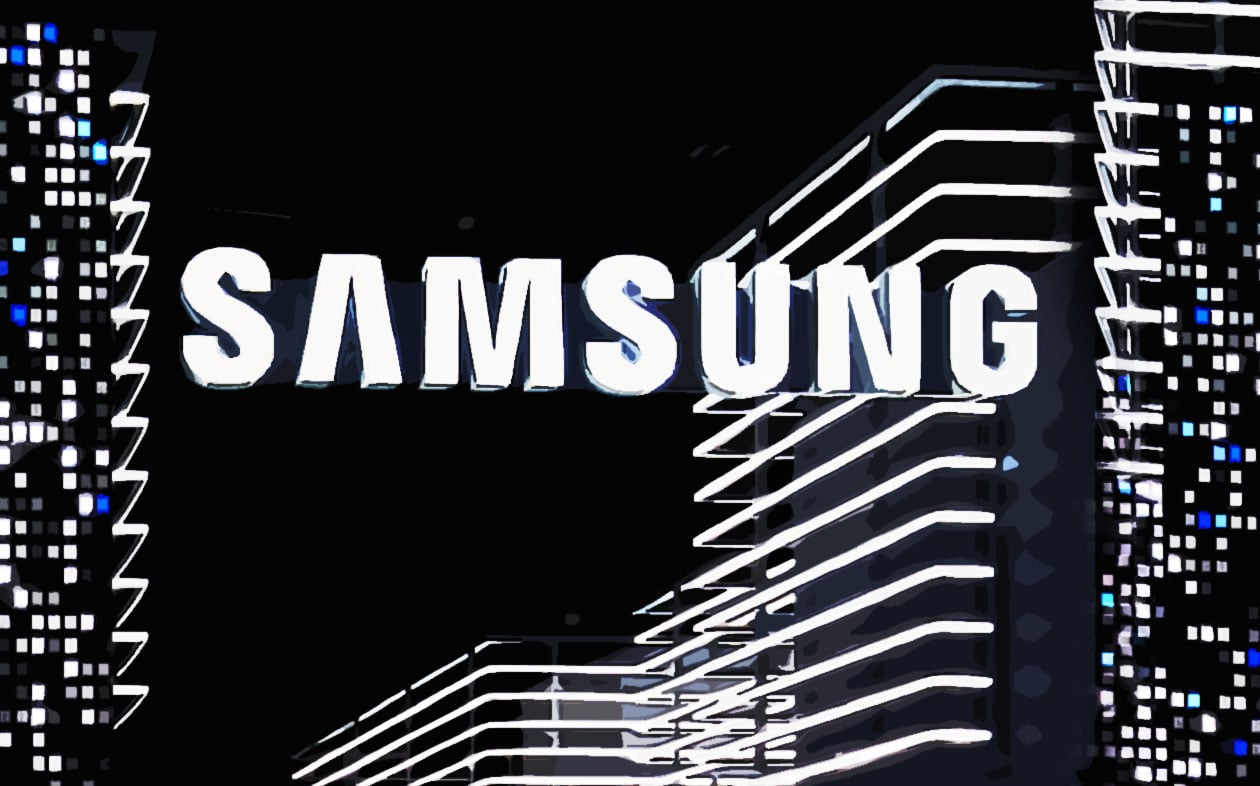
Xiaomi is an internet company with smartphones and smart hardware connected by an IoT platform at its core. Xiaomi, a Chinese tech giant, has been rapidly gaining momentum in the global smartphone market with their high-quality yet affordable devices. They’ve successfully carved a niche for themselves by offering premium features and performance at a fraction of the cost of their competitors. Xiaomi’s innovative approach and aggressive pricing strategy have helped them disrupt the market and garner a loyal fan base.
With the vision of being friends with its users and being the “coolest company” in the hearts of its users. Xiaomi is committed to continuous innovation, with an unwavering focus on quality and efficiency. The company relentlessly builds amazing products with honest prices to let everyone in the world enjoy a better life through innovative technology. Xiaomi is currently the world’s fourth-largest smartphone brand, and has established the world’s largest consumer IoT platform, with more than 213.2 million smart devices (excluding smartphones and laptops) connected to its platform.
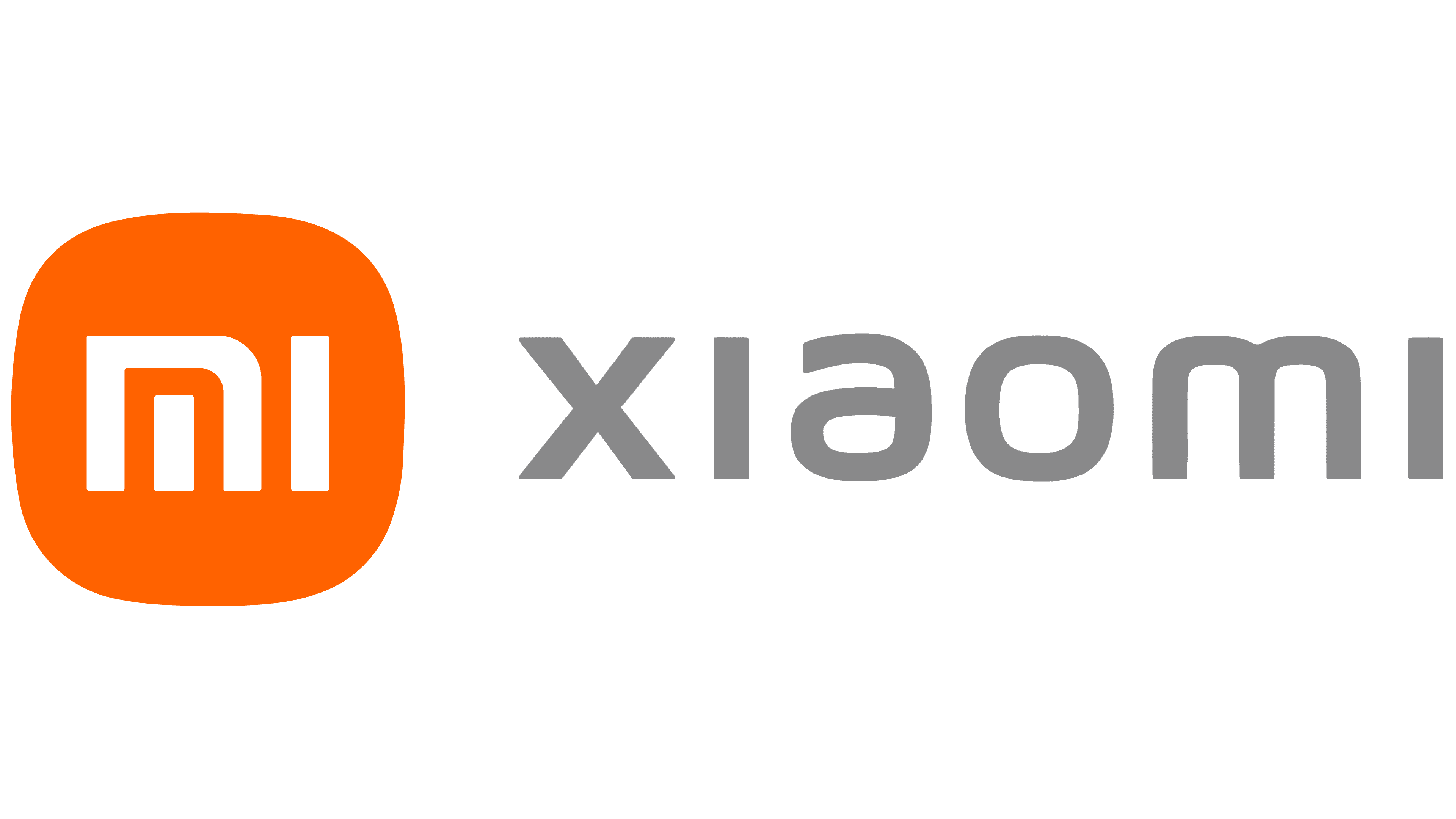
Work Profile
Samsung is rated better than Xiaomi when it comes to salary & benefits. Samsung is rated 3.9, whereas Xiaomi is rated 3.5 on employee salary & benefits parameters. The top benefits for Samsung include Job Training and Soft Skill Training, whereas for Xiaomi, these are Job Training and Health Insurance.
Samsung is rated 3.9/5.0 for work-life balance, while Xiaomi is rated 3.6/5.0. At Samsung, 53% of employees reported working from Monday to Friday, and 45% mentioned having flexible timings. For Xiaomi, 52% of employees reported working from Monday to Friday, and 59% mentioned having flexible timings.
The overall rating of Samsung is 4.1, with Skill development being rated at the top and given a rating of 4.0. However, Career growth is rated the lowest at 3.4.
Design
The competition between Xiaomi and Samsung has largely been about providing users with advanced yet user-friendly designs, as well as well-constructed and visually appealing designs.
Samsung typically gives its models an angular touch, which makes them look like premium products. Meanwhile, Xiaomi tends to use simple, attractive colors and elegant designs that give their products a very attractive look.
Samsung devices have a more premium and refined look, while Xiaomi devices have a more minimalistic and sleek design. In terms of build quality, both brands offer phones with durable and sturdy construction.
Display
Samsung is known for its Super AMOLED displays, which offer deep blacks, vibrant colors, and good viewing angles. Xiaomi, on the other hand, uses LCD displays, which offer good color accuracy and decent viewing angles, but the blacks are not as deep as AMOLED displays.
Performance
Xiaomi offers a range of smartphones, including flagship devices and budget-friendly Redmi models. Samsung also offers a variety of devices, with a focus on power and efficiency thanks to their use of Qualcomm Snapdragon processors. Xiaomi also offers good performance at a lower cost with their use of both Qualcomm Snapdragon and MediaTek processors.
Xiaomi’s Redmi line is a great budget option for gamers looking for top performance. For those on a budget, Xiaomi’s Redmi series offers great value for money and is a strong competitor to Samsung’s mid-range devices.
Camera
Both brands offer phones with good camera performance. Samsung devices have a reputation for offering some of the best camera phones in the market.
Xiaomi devices also offer good camera performance, with some models offering features like dual or triple rear cameras and high-resolution sensors.
Software
Samsung devices run on One UI, which is a custom skin based on Android. One UI offers a clean and user-friendly interface, with a lot of customization options.
Xiaomi devices run on MIUI, which is also a custom skin based on Android. MIUI offers a clean and minimalistic interface, with a lot of customization options.
Conclusion
Samsung flagship models are better than Xiaomi. Samsung software is not as good as Xiaomi. Samsung has premium phones that are refined and have good displays and cameras. Xiaomi has budget and mid-range phones that are good and offer good value. The Xiaomi Snapdragon chipset is preferred.

